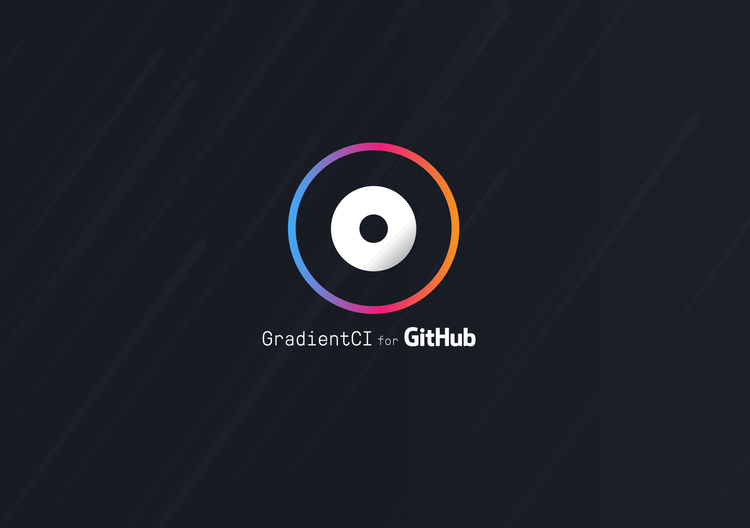PyTorch 101, Part 2: Building Your First Neural Network
In this part, we will implement a neural network to classify CIFAR-10 images. We cover implementing the neural network, data loading pipeline and a decaying learning rate schedule.
In this part, we will implement a neural network to classify CIFAR-10 images. We cover implementing the neural network, data loading pipeline and a decaying learning rate schedule.
In this article, we dive into how PyTorch's Autograd engine performs automatic differentiation.
In this post, you will learn to convert Full ImageNet Pre-trained Model from MXNet to PyTorch.
In this post, we’ll build a machine learning pipeline to classify whether a patient has Pneumonia or not from chest x-ray images and then draw a heat-map on areas that the model used to make these decisions
Introducing GradientCI, a powerful new way to train, and deploy machine learning models from GitHub. Add superpowers to your ML workflow.
Updates include: New System and Custom metrics, build Dockerflies on the fly, New sample project (styleGAN face generator), SAML SSO, and new RAPIDS notebook container.
Learn how to get access to models that have not yet been added to the Torchvision framework.
Learn how to implement the paper Continuous Control with Deep Reinforcement Learning, in PyTorch using OpenAI gym.
